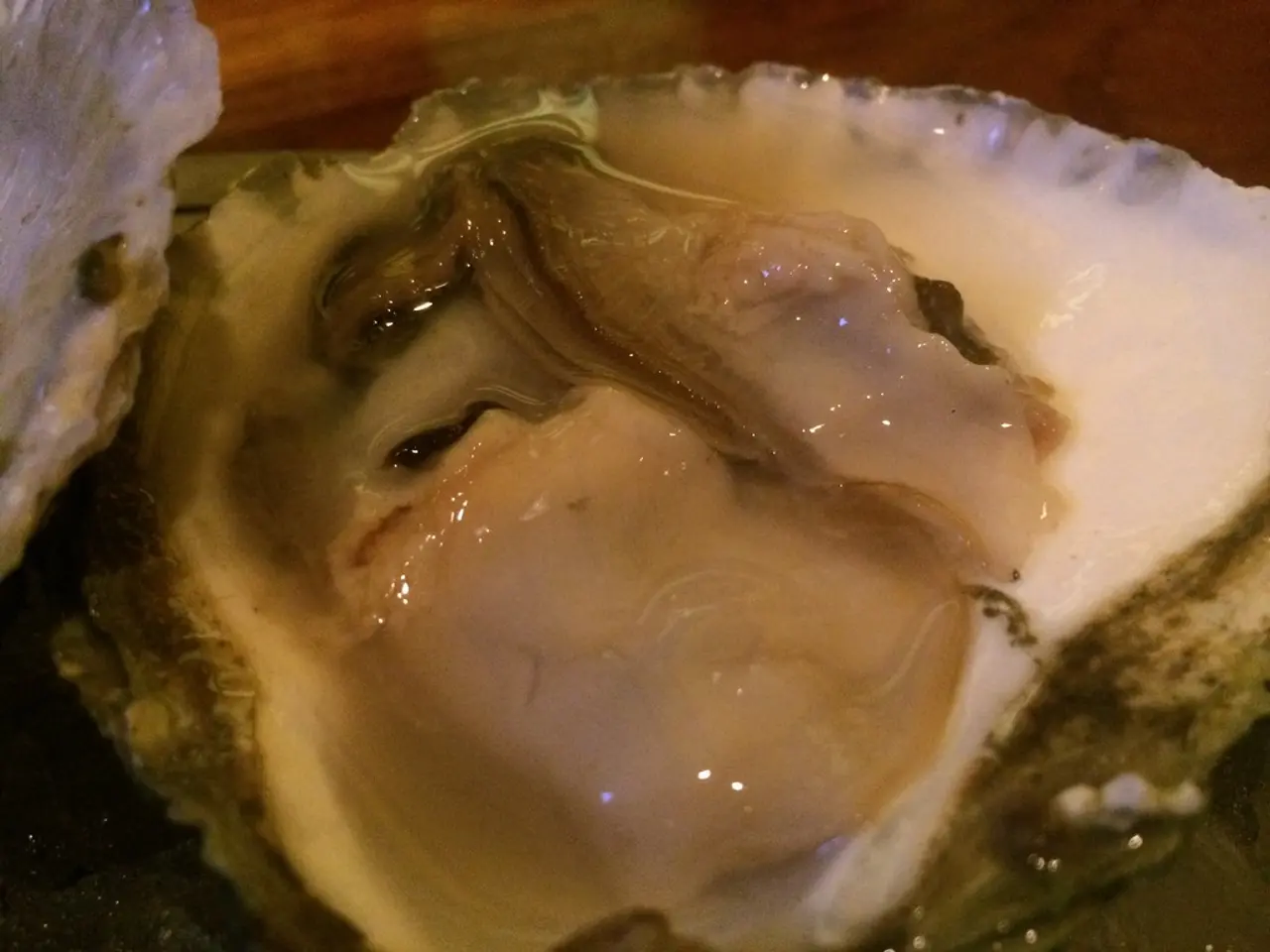Unveiling the Historic Treasures of the Indian Ocean: A Deep Dive into its Past, Surface and Depths
The Indian Ocean, often referred to as the "cradle of globalisation," has a rich and complex history that stretches far beyond the brief era of European empires. This vast body of water, which is warming faster than any other ocean and holding more than 70% of all the heat absorbed by the upper ocean since 2003, has been a hub of trade, culture, and exchange for centuries.
From the 7th century CE, the spread of Islam across land and sea played a central role in the histories of mobility and exchange in the Indian Ocean. By the 14th century, mercantile networks around the Indian Ocean were almost entirely in the hands of Muslim traders. The ocean's trading networks crisscrossed the Indian Ocean arena and beyond, with the Swahili coast, stretching from Somalia to Mozambique, serving as an example of Indian Ocean cosmopolitanism. These trade networks reached far inland to present-day Zimbabwe and outward to Persia, India, and China.
European colonization along the Indian Ocean began in the late 15th century, with the Portuguese, Dutch, and English creating militarized trading-post empires in the Indian Ocean. However, much of the mobility during this period was forced and conscripted, involving slaves, indentured laborers, political exiles, and prisoners who were transported between regions.
The age of European empires is but a tiny sliver of time in a much longer arc of the Indian Ocean's history. A view from the Indian Ocean unsettles ideas of the relationship between European colonizers and colonized groups, revealing a more nuanced and complex narrative.
In response to the changing dynamics of the Indian Ocean, India has bolstered its economic and military activity in the region. This includes the Belt and Road Initiative, a massive transport and port infrastructure project by China that aims to extend China's footprint across much of the Indian Ocean arena.
However, the deep Indian Ocean remains less studied than the depths of other oceans, primarily due to economic reasons as it is ringed by underdeveloped countries. International scientific collaborations, with significant support from institutions like the Max Planck Institute and funding bodies like the German Federal Ministry of Education and Research, as well as the German Research Foundation (DFG), have been instrumental in facilitating projects related to oceanic carbon sequestration and marine biology.
The Indian Ocean's rich history of trade and exchange has not only shaped its past but also its present and future. The monsoon winds, which have long shaped the rhythm of life around the ocean, bringing rain to farmers, filling the sails of dhows, and enabling trade between different ecological zones, are losing their power and predictability. As a result, cyclone patterns are shifting further south and happening more often.
Moreover, the rising global sea levels are already causing islands such as the Maldives to submerge. The International Seabed Authority, a branch of the United Nations, has granted contracts for mining exploration in the Indian Ocean, adding another layer of complexity to the ocean's future.
The old waterfronts of East African port cities like Mombasa, Zanzibar, and Lamu are dominated by buildings with a pure white finish, echoing a centuries-old tradition of building houses, mosques, and tombs from white coral stone and dressed with lime plaster. These cities on the shores of the Indian Ocean have sustained deep forms of material, intellectual, and cultural exchange, contributing to the rich tapestry of the Indian Ocean's history.
The Bandung Conference in 1955 brought together 29 newly independent nations to forge a new path, avoiding alignment with either of the rival camps in the emerging Cold War. This conference marked a significant moment in the Indian Ocean's history, reflecting the region's importance in shaping global politics.
In conclusion, the Indian Ocean, with its long and complex history, offers a unique perspective on global trade, culture, and politics. Its future, however, is uncertain, with challenges posed by climate change, resource exploitation, and geopolitical tensions. Understanding and preserving the Indian Ocean's rich history and its current dynamics is crucial for its sustainable future.
Read also:
- Peptide YY (PYY): Exploring its Role in Appetite Suppression, Intestinal Health, and Cognitive Links
- Toddler Health: Rotavirus Signs, Origins, and Potential Complications
- Digestive issues and heart discomfort: Root causes and associated health conditions
- House Infernos: Deadly Hazards Surpassing the Flames








